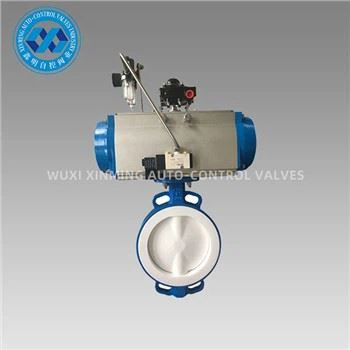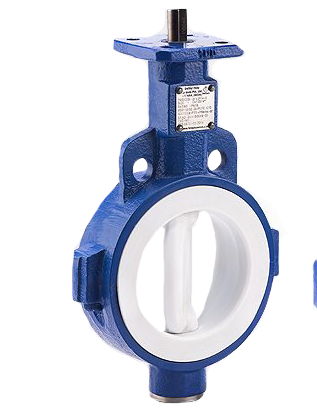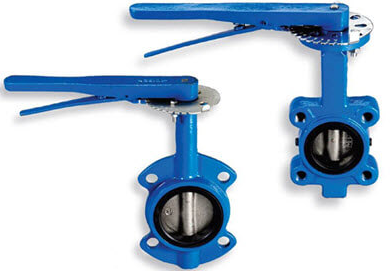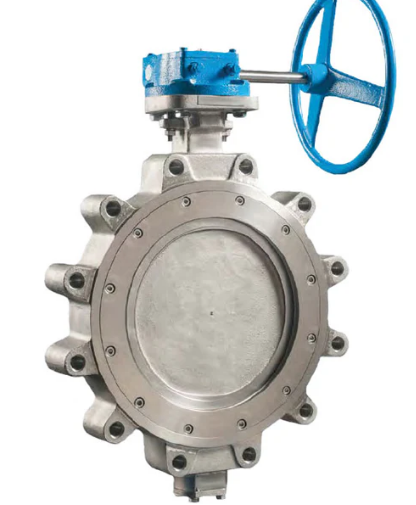In today's rapidly evolving industrial environment, compact and efficient motion control solutions are essential. Among these, the small pneumatic actuator has carved out a unique niche, providing a cost-effective, lightweight, and reliable alternative for applications with limited space or reduced force requirements. Despite their compact size, these actuators deliver impressive performance across a range of industries, from packaging and electronics to medical devices and robotics.
What is a Small Pneumatic Actuator?
A small pneumatic actuator is a type of actuator that uses compressed air to produce linear or rotary motion within a compact form factor. Typically, these actuators are designed with bore sizes ranging from 6 mm to 25 mm, making them suitable for precision tasks or applications where installation space is limited.
They are commonly used in:
-
Miniature assembly equipment
-
PCB handling systems
-
Lightweight automation fixtures
-
Lab automation and life science instruments
Key Design Features
-
Compact Body Construction
Small pneumatic actuators are built to operate in confined spaces. Aluminum alloy cylinders, precision-machined pistons, and low-profile mounting options ensure efficient integration into tight equipment layouts. -
Low Friction Seals
To ensure smooth movement and reduce air leakage, these actuators often utilize low-friction seals that provide long operational life with minimal maintenance. -
Lightweight Operation
Due to the use of lightweight materials and their small size, these actuators can be mounted on delicate equipment or moving platforms without introducing significant inertia. -
Quick Response Time
Because of their small volume and short stroke lengths, small pneumatic actuators respond rapidly to control signals, making them ideal for high-speed or repetitive operations.
Common Types of Small Pneumatic Actuators
-
Miniature Linear Actuators
These actuators produce straight-line motion and are ideal for pick-and-place tasks, small doors, and micro-positioning. -
Rotary Actuators (Compact Vane Type)
Used for small-scale rotary motion, often in packaging and inspection systems. -
Slide and Guided Cylinder Actuators
Offer improved stability and resistance to lateral loads, especially in small automated tools.
Applications Across Industries
-
Electronics Manufacturing
Small pneumatic actuators are used for component insertion, soldering, and circuit board handling in high-precision environments. -
Medical Devices and Diagnostics
In laboratory automation, small actuators move vials, open microvalves, or operate miniature grippers in diagnostic systems. -
Packaging and Sorting Equipment
These actuators enable quick sorting and lightweight carton forming in compact packaging lines. -
Robotics and End Effectors
Small actuators power finger-like grippers and articulating joints in collaborative robots and mobile robotic systems.
Advantages Over Alternatives
| Feature | Small Pneumatic Actuator | Electric Micro Actuator |
|---|---|---|
| Power-to-Weight Ratio | High | Moderate |
| Response Time | Very fast | Fast |
| Maintenance | Low (few moving parts) | Requires electrical calibration |
| Cost | Economical | Higher initial cost |
| Environmental Rating | Easily sealed, resistant to dust | Sensitive to moisture and dust |
Selection Considerations
When choosing a small pneumatic actuator, engineers should evaluate:
-
Operating pressure range
-
Mounting options (flange, foot, trunnion)
-
Stroke length and bore size
-
Load and speed requirements
-
Availability of accessories (sensors, flow controls)
Conclusion
Small pneumatic actuators provide a simple, efficient, and highly reliable solution for precise movement in space-constrained environments. Their adaptability, quick response, and low cost make them a preferred choice for OEMs and system integrators seeking compact automation components.
As industries continue to push for miniaturization and efficiency, the demand for high-performance small pneumatic actuators is only expected to grow.
If you want to learn more about low-priced products, please visit the following website: www.xm-valveactuator.com
















